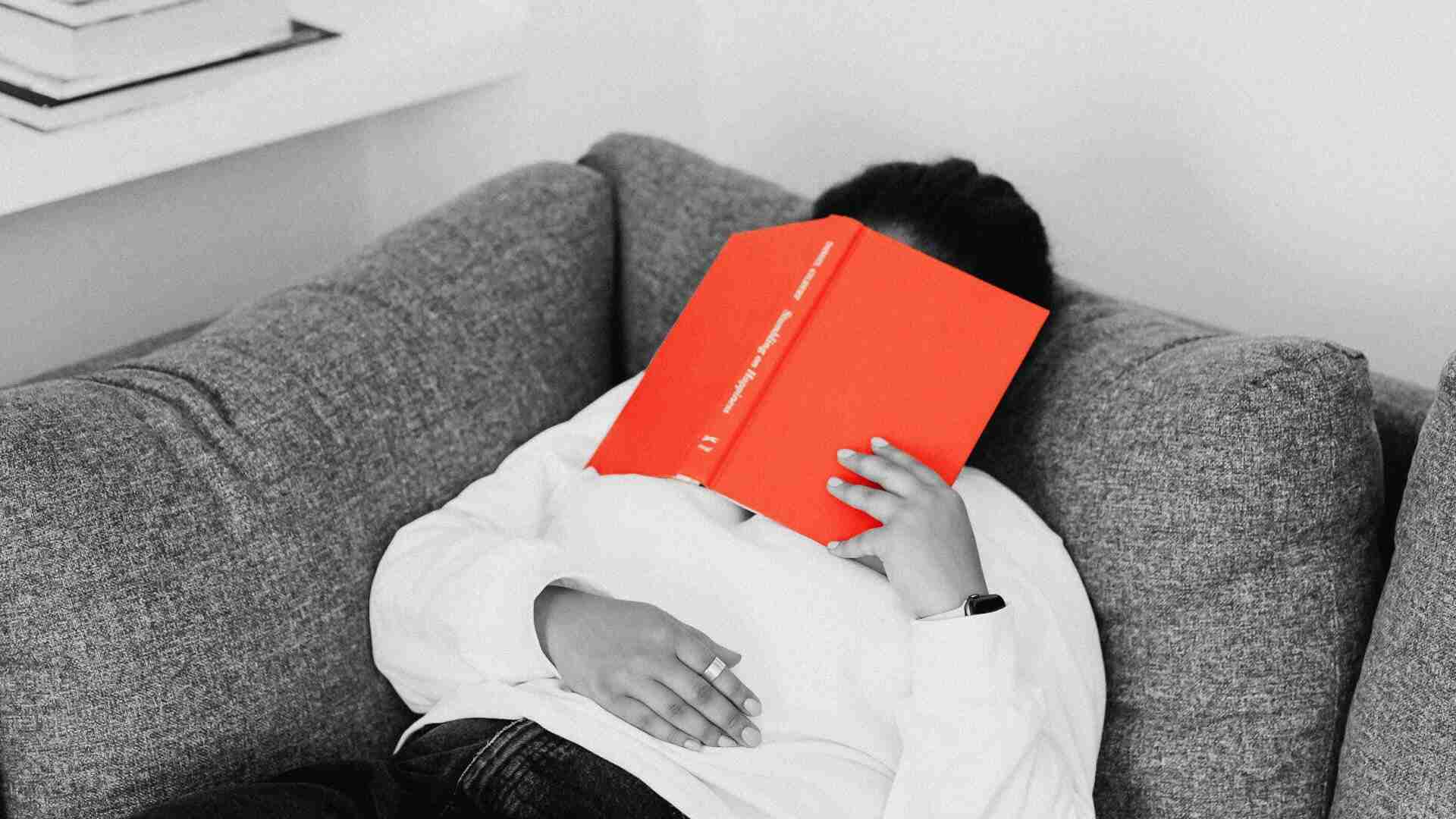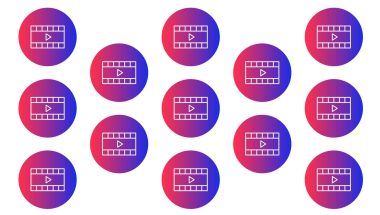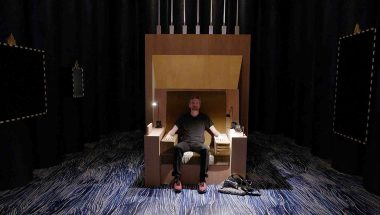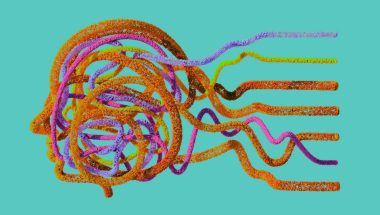- | 8:00 am
Tracking my stress at work actually helped my productivity
Leanna Lee says PSTD, anxiety, and depression make work life a challenge. But chronic mental health issues can help you build a routine that you can live with.
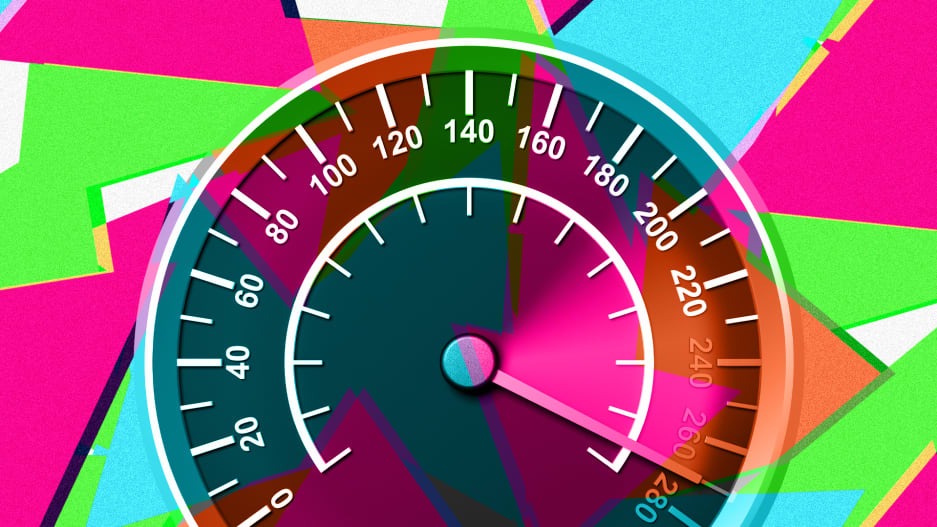
Living with PSTD, anxiety, and depression makes work life a challenge. But there’s nothing like chronic mental health issues to help you build a routine that you can live with.
In the 15+ years that I’ve been learning to manage my mental health, I’ve been a student, freelancer, serial part-timer, and finally in 2016, a business owner. All these years later, I’m still reminded how important it is to have systems and use tools that support your mental health—or create them yourself.
WHAT THE PANDEMIC TAUGHT ME ABOUT (UN)PRODUCTIVITY
The weird thing about living with long-term mental health conditions is that after a while, you think you’re pretty much prepared for anything. Emergencies just become part of life, and it’s weirdly easy to think, “I’m ready. What could go wrong now?”
…a worldwide pandemic, apparently. And for a little while there in the early days of COVID, I was actually on an energy high. I got up early and stayed up late, went for long walks, breezed through work, and even contemplated baking bread from scratch again. Good thing I didn’t, though, because I eventually crashed. Hard.
It’s a weird shift, going from feeling invincible to barely being able to drag yourself out of bed each day. Struggling to stay productive as I realized how unprepared I was to handle stress at work didn’t help either. Granted, no one expected how pandemic lockdowns and a recession would affect everyone’s mental health, but I knew I needed help. It was time to invest in myself and my business.
“PLAN EVERY WEEK LIKE IT’S YOUR WORST MENTAL HEALTH DAY”
It’s amazing what you can accomplish with a PPP loan and a really good business coach. When we first started working together, I told my new coach, Lacy, that I wanted a business that supported my mental health. I figured that would be more about setting boundaries than creating new systems.
I didn’t even connect time tracking and mental health at work until one stressful day when I couldn’t seem to get anything done and was ready to scream with frustration. Then I remembered what Lacy had said about planning for the worst days. And it hit me: I needed a simple, tangible system to figure out how work exacerbated my anxiety, and I needed better ways to reduce stress, so I could be more productive—and healthier.
CREATING A MENTAL HEALTH AND PRODUCTIVITY TRACKER
The first step of setting up my mental health tracker was identifying my main frustrations, ideal outcomes, and how best to measure them both. With Lacy’s help, I pinpointed three major frustrations:
-
Frustration #1: I couldn’t seem to shake my overall lack of energy and had trouble concentrating on work.
-
Frustration #2: Despite living with mental health conditions for over a decade, nothing had prepared me for this kind of stress, and I didn’t know how to handle it.
-
Frustration #3: Being the sole earner during a pandemic meant I had to earn. But not only was stress messing with my motivation, it hadn’t helped my bottom line, either.
The outcomes I wanted were easy: more energy, better mental health across more days, and more insight into how I work best. I needed something simple I could easily adapt and add to without having to learn a new software platform, so I decided to set up my tracker in Google Sheets. After that, all I had to do was figure out exactly how to track everything.
But how do you even track mental health? My coach suggested measuring my mood on a scale of 1-10, from worst to best. Knowing that my scale would be a bit skewed compared to “normal” stress, I came up with my own:
-
10 = no anxiety at all
-
8 – 9 = minimal anxiety, highly functional
-
6 – 7 = rising anxiety or depression, may still be partly functional for short periods
-
4 – 5 = high levels of anxiety, or depressed and nonfunctional
-
Under 4 = mental health emergency
To help me identify where I was mood-wise, I fell back on an old life-saving strategy called gut checks that I’d learned during a birthparent seminar on handling grief. Gut checks help me listen to my body, so I can isolate and sometimes trace the source of stress.
Aside from mental health, I wanted to track:
-
Time blocks I worked throughout the day (start and end times)
-
Type of work (strategy work, client calls, projects)
-
Number of hours worked with and without calls
-
Level of satisfaction with clients (scale of 1-10)
-
How much work I rescheduled due to mental health
Why track everything else alongside my mood? We’re looking for patterns, my coach said. She also asked me to note down how I spent my alone time, and any activities I noticed that exhausted or energized me. I ended up creating a notes section in my spreadsheet so I could summarize any relevant highlights and lowlights.
WHAT I LEARNED FROM TRACKING MY MENTAL HEALTH
I tracked my workdays and mental health for two months total, from late April to late June 2021. During the first month, I was still trying to figure out exactly what and how I wanted to track stuff. But after the first week or two, I started noticing patterns and some of my biggest insights came from this first month.
I already had a sense of things about work that stressed me out, but it was pretty amazing to see how stress and anxiety could tangibly affect my workday. For example, I learned:
-
I have more brain space for strategic work during shorter workdays and am more likely to have spontaneous, creative ideas for my business then.
-
My productivity drops noticeably after 4 or 5 hours of work. After that, I’d often end work early or reschedule it due to brain fog.
-
Taking projects outside of my area of expertise drastically increased my anxiety, leading me to over-prepare or procrastinate.
-
I find it really hard to split my attention between projects and often end up focusing on one and rescheduling the other.
-
Outdoor time, solo lunches, trips to the library, and one-on-one time with friends help “refill” my energy tank.
For the second month, I identified several more specific goals: working fewer hours and seeing higher mental health numbers across more days. I also split my “time worked” tracker into AM and PM blocks, so I could get a better sense of how to group work.
Major insights from month two included:
-
More than 2 calls a day (especially outside of ideal work hours) are a huge energy drain and another major reason for rescheduling work.
-
My work energy is highest from mid to late morning or early afternoon and then again in late afternoon to evening.
-
Strategic procrastination actually works for me, and I do best focusing deeply on a single project right up to the deadline.
-
Setting a work schedule is great, but sometimes mental health means I have to switch things up, which makes flexibility even more important.
My results
On top of all the major insights, tracking my time strategically led to some pretty great results. During month one, I tracked 11 long workdays, 10 instances of rescheduling work for mental health reasons, and 14 “stressed” days (5 – 7 on my mental health scale).
By the end of month two, I’d seen 50% fewer stressed days (less than 7), 30% fewer long workdays (7 days), and I only put off work due to mental health 6 times (~40% less).
CHANGING HOW (WELL) I WORK
This seems like the perfect place for one of those “this tool saved my life, and it can save yours too” salesy wrap-ups. And I mean, here’s the basic template if you want to try it (make a copy and have at it). But this is not a happily-ever-after story.
Yes, I saw some great results, but my actual goal was to learn more about how I work while stressed, what contributes to it, and how I can improve my mental health long-term. Up until then, I’d spent more time successfully learning to manage bad days as they came than proactively working to prevent them.
For that reason alone, the tracker was a big success, and it became the basis for a lot of changes to my work style and business direction.
-
Limited calls and work hours: By setting better workday boundaries, I have more time for myself, my relationships, and taking care of my health.
-
Intense project focus: Instead of getting frustrated when I can only concentrate on one thing at a time, I’m learning to time block projects accordingly—even if that involves a little strategic procrastination.
-
Niching down: After taking on too many projects I wasn’t the best fit for, I finally narrowed my focus to niches I could truly excel in: future of work and mental health.
-
Permission to relax: I learned the value of listening to my body at work, so now I take a more intuitive approach to scheduling so I can maximize my productivity.
Now, to be clear, none of this has drastically changed my mental health diagnoses. In fact, I literally just got out of a prolonged low period that’s thrown off my schedule for months now. But tracking my stress at work has taught me a crucial lesson: you can’t always prepare for the worst days, but you can plan for them.
This article originally appeared on Zapier’s blog and is reprinted with permission.














